Leaving Warsawa
ok since the kitchen/livingspace is a shared space and our
host leaves at 7.20 – we decided that is when we go up – so we won't interfere
into each other too much. Bad choice!!! because when we left (on time) we were
standing around Warsaw in the traffic – which resulted in us being already 45
Minutes behind schedule – because our trip here in Poland is well planned and
most of the time we are a little bit behind schedule....
the stop at McDonalds for coffee to our morning pastries
added even more behind schedule time :-) - but when I suggested to Paul to make
up the time with skipping breakfast – lunch or coffee and shorten the dinner
break, he was not very impressed!! so instead of at 10 we arrived at 10.50 in
Konewka
Road Shrines: something we did see very often here in Poland are those road shrines - very often you see those crosses with flowers and colourful banners along the road....
the Train tunnel in Konewka
so in the middle of nowhere and there is the museum for the
tunnel: we are the only car in the parking lot... we see outside already the
train tracks and then we go in this huge concrete tunnel.
Already at the entrance we could feel the cold... and then it
got interesting: a lot of old staff helmets, guns and pistols, communication
devices a Dodge truck and a Russian jeep: and the best everything is only in
polish – even the lady at the entrance only spoke polish. Also if we could read
polish we could learn lot about all the German and polish tanks.
When you look along the tunnel it is endless and because of
the high moisture in the air it is impossible to see the end (good thing we had
jackets) At the beginning they had wooden planks over the train tracks and then
partially through you could see the old concrete where they train tracks were
and in the back the original super rusty train tracks. We walked the whole 388
m long tunnel... and then once in a while we went down in the side tunnels...
they were partly underwater and not so easy to walk in – ok Gine at one time
stepped into the not so clean water!!
In the middle of the tunnel was a steep ladder going down and
from there you can crawl through a tunnel to come out at another building...
quite dirty and muddy so we skipped it :-)
One thing is for sure: that is something you can't see
anywhere else. And I’m quite sure not a whole lot of tourists from Canada are
coming here
What is so special about a train tunnel?
- it’s not really a tunnel: it’s a train garage… and it was not the only one
- There is Anlage Sued and Anlage Mitte and a Anlage North (which became the Wolfs liar), as where Anlage Sued and Mitte became temporary parking for Hitlers command train
- Anlage Sued: is one 1 long concrete bunker in Stepina (similar to the one we are looking at) and an actual underground tunnel the Strzyzow tunnel (not an underground tunnel as the other ones)
- Anlage Mitte consisted of 2 concrete train bunkers: Konweka and Jelen, they decided to built them in 1940 and made the plans by Jun e 1941: within one year they were built.
- All train bunkers had side tunnels running beside the train tunnel for servicing personnel
- Konweka tunnel is 382 m long and the only straight one (Jelen was slightly curved), with reinforced concrete 2.5m thick, it also has a Vorbunker with double entry doors
- An underground tunnel went from the main bunker to the power generator bunker
Lodz Ghetto Memorial
it's nearly on the way and it is good to have another break
from driving... by the way we actually drive a lot on this vacation... always
on the go. But the Poland is a huge country.
The first thing we saw was in a crematorium style building
with the names of the towns from where the Jews all came and got departed: and
on the Chimney it says “Thou shall not kill”
Then along the wall back from 1945 to 1939 and there is the original
Radegast wooden train station: at this station around 38.000 Jews arrived from all
over Europe to go into the Ghetto -
after 1942 145.000 Jews were deported from here to the camps. At the moment the
museum is closed for renovation ... so we walked around the building and saw in
the background the 6 concentration camp names on huge gravestones – where they
send the Jews from here and around the corner a train with 3 original cattle
carts... one was open to go in.
And in the long tunnel towards the crematorium there are all
the transport lists leaving Lodz... it is like never ending: lists with names
and Addresses, birthdays and continuing numbers. When you see ALL the lists it
becomes unimaginable on the large numbers of Jewish people.
Sometimes we can't believe what happened... you read about
it, we saw camps, ghettos, railway carts, memorials... we read about individual
stories and heard the numbers... and still what happened during WWII is a
tragic part of the history in Europe and we likely will never understand how it
was to be a victim and survive the ghetto or even a concentration camp and then
continue to live a life afterwards, how was it to be one of the kids surviving
knowing their parents died and they gave them a job “to survive” or how was it
to know that you will die in the gas chamber or know you will get shot, how
others could do 'their duty' and work in the concentration or extermination
camps or being part of the special Einsatzgruppen and will they have nightmares
or guilt on what they did, or how others thought it was totally ok to do, where
does there sense for life and value come. How did people live when they heard
about it and they had to decide to resist and then likely get their families
and themselves killed or try to have their families survived and not doing
anything.
What happened to the Lodz Ghetto?
- Once it was called Litzmanstadt and it had a large Jewish community, and when the Germans invaded Poland in Sept 1938 this part was wanted for the Volksdeutschen
- In October they were no longer allowed to work, in Nov the Synagogues were burned, in Feb 1940 they were resettled into a Ghetto without water and sewer and in April it got sealed off from the city
- Lodz became a Labour ghetto where the Jews had to work for the German arms industry
- In Jan 192 they started to transport Jews from here to Kulmhof (Chelmno) extermination camp – over 80.000 people from Lodz got murdered in Chelmno, another 61.000 got transported and murdered in Ausschwitz and around 43.500 died in the ghetto due to starvation
- The Ghetto got dismantled in 1944
- Once Lodz had 233.000 Jews: around 7000 – 15.000 survived Ausschwitz and 880 were still in the camp when the Red Army liberates Lodz on Jan 19, 1945

 Tourist Trail , województwo łódzkie, Poland
Tourist Trail , województwo łódzkie, Poland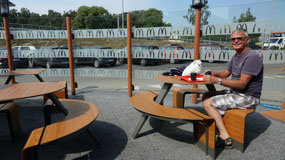
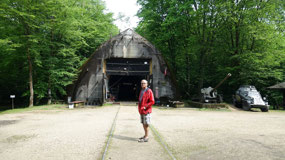
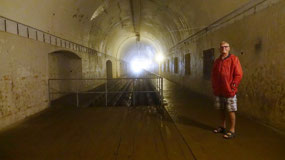

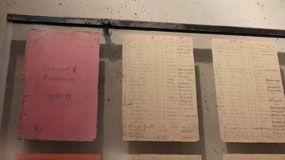



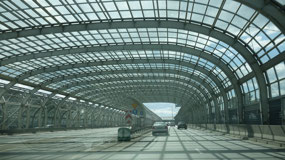
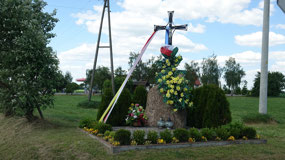
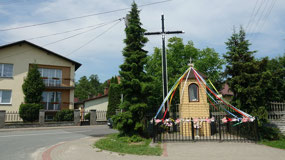
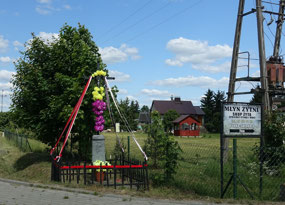
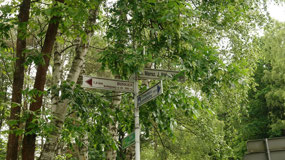
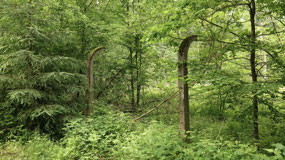
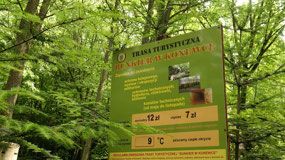
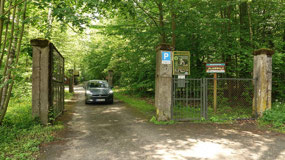
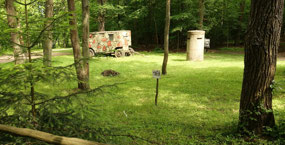
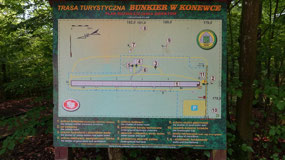
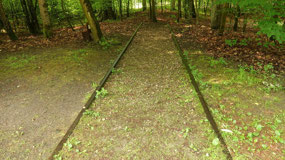
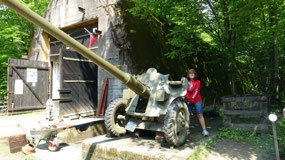
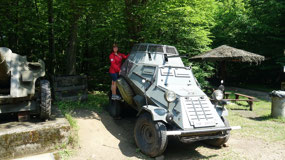
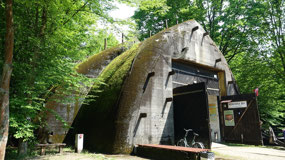
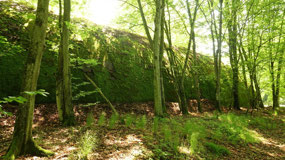
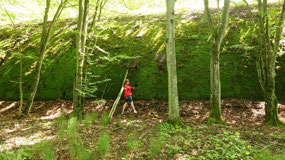
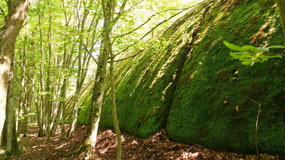
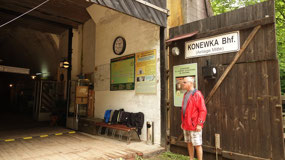
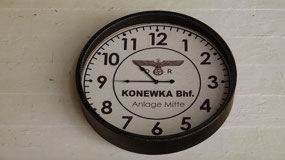
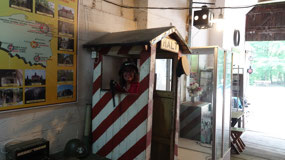
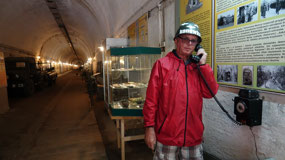
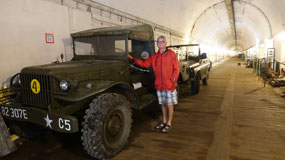
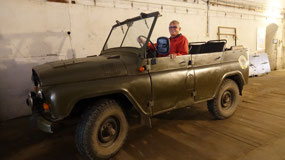
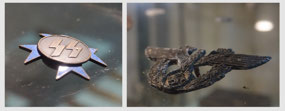
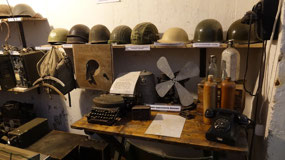
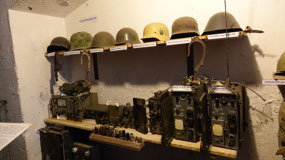
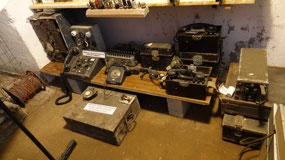
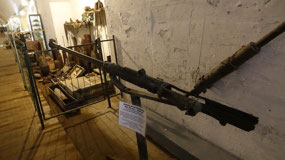
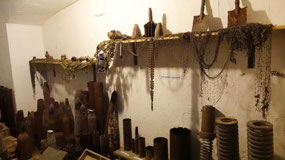
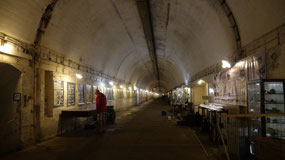
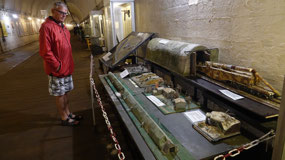
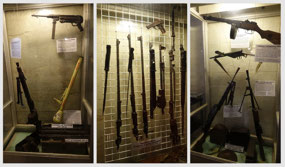
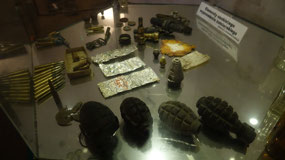
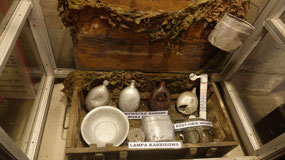
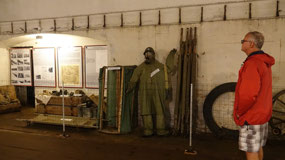
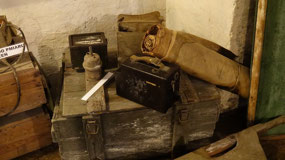
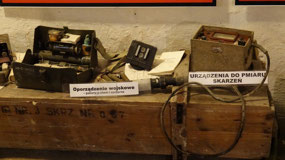
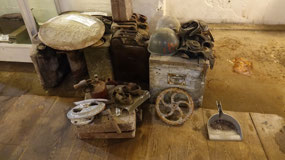
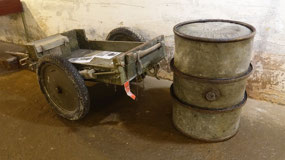
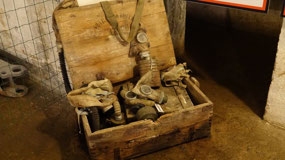
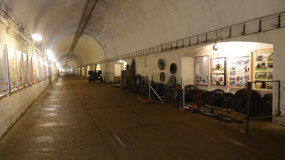
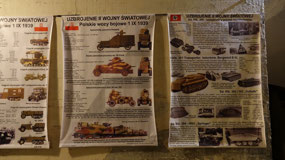
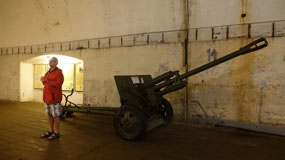
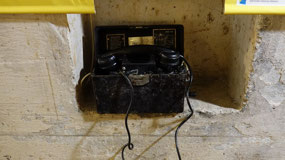
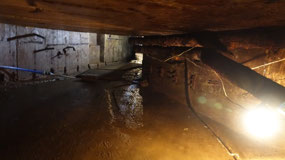
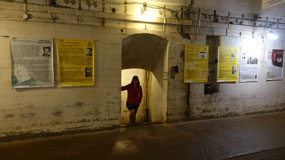
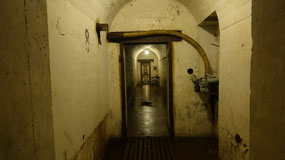
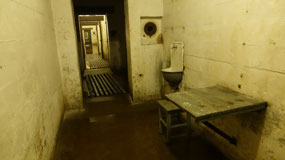


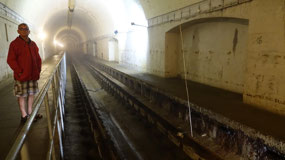
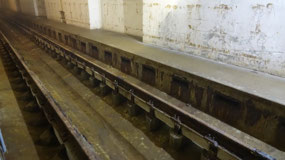
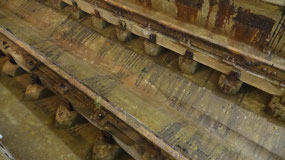
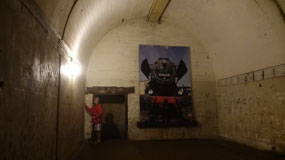
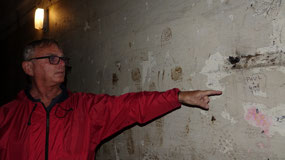
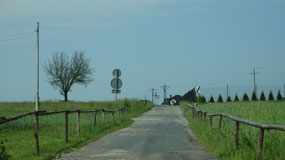
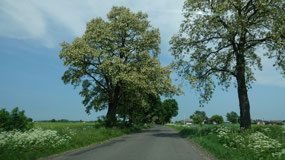
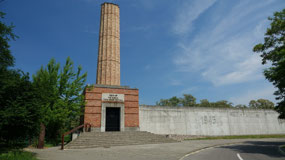
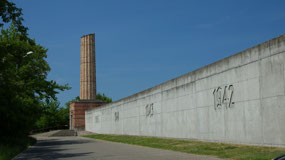

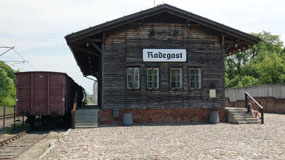
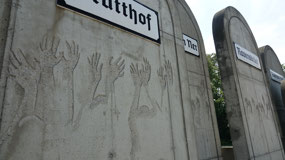
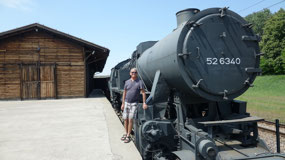
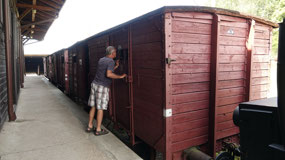
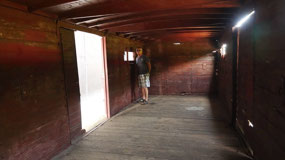
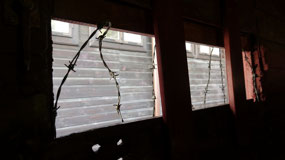
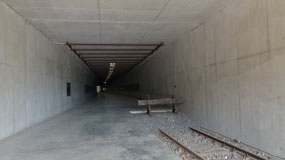
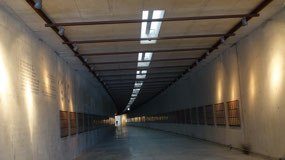
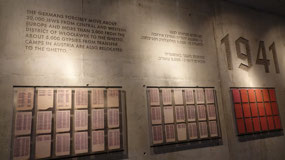
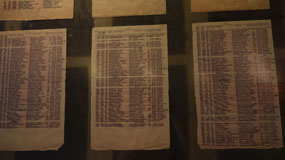
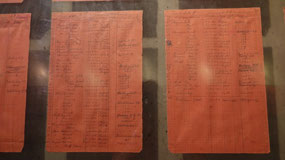
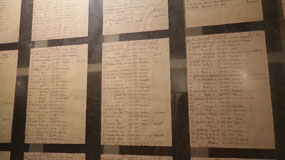
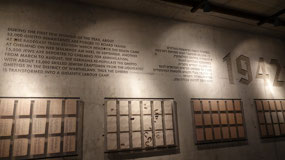
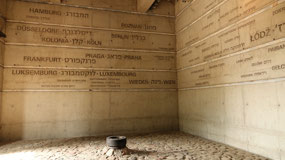
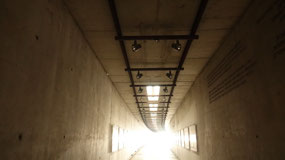
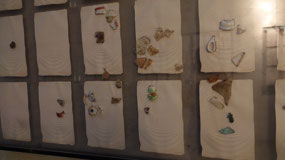
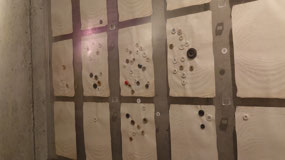
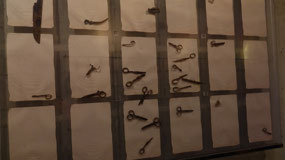
2025-05-23